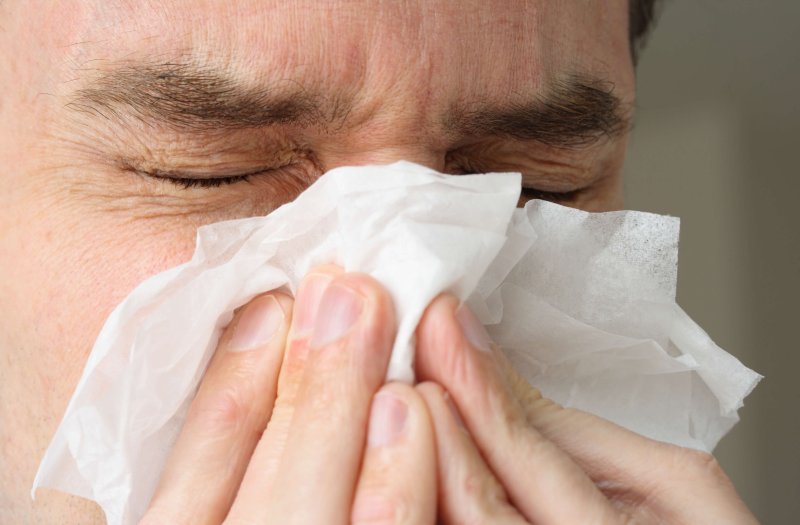Our ancestors were accustomed to spending their entire lives in walking distance of their birthplace, but our modern world is so ‘well-stirred’ that new biological threats could spread from anywhere on the globe to anywhere else in months, or possibly even days. Fortunately, information can spread even more rapidly. A global threat-detection network could help deliver on the huge promise this presents to public health.
…
This would let us detect new pathogen strains long before they spread, possibly even at their ‘patient zero’ point of origin.
Much like we’d check the weather in the morning before setting out on our commute, we might one day also check the pathogen forecast. Should we go to work—or our send our kids to daycare—given the profile of sniffles or cough afflicting everyone in the mix today? In answering this, should these detections depend on simple generic rules? Or on “precision medicine” knowledge of everyone’s vaccination/exposure history, natural genetic resistance, and known drug resistance?
…
We won’t know the answers to these questions until we actually get to the process of laying out the full requirements of the detection network—and answering those questions is critical.
Read full, original post: We should create a global DNA threat-detection network to fight future pathogens































